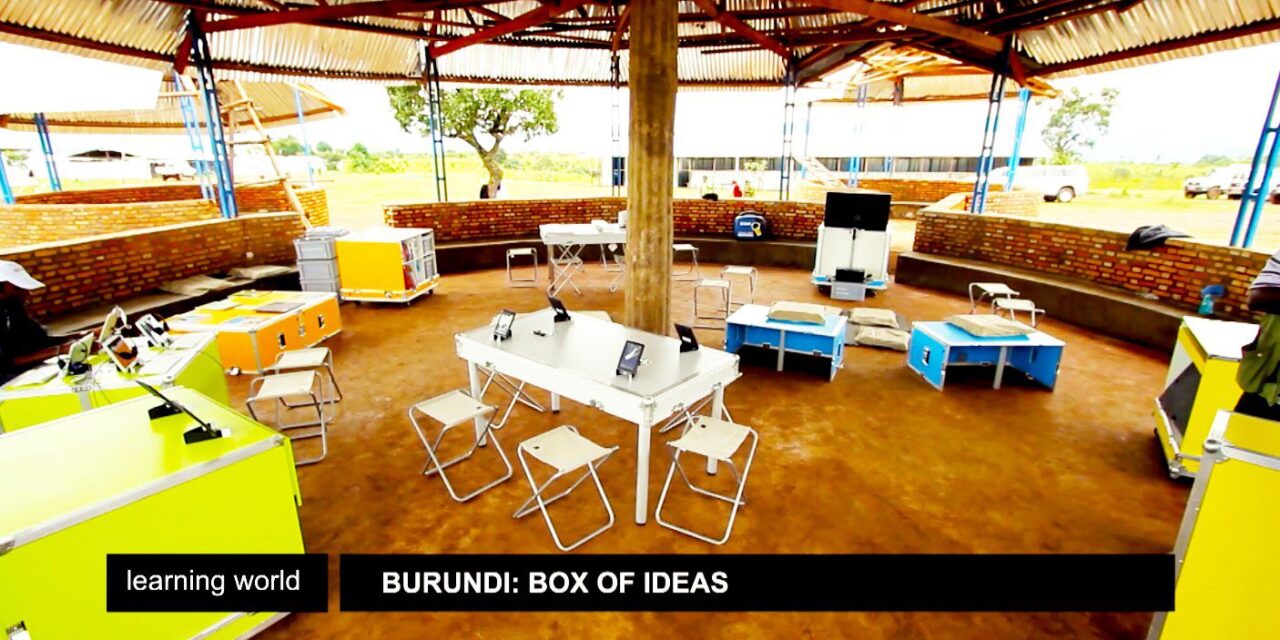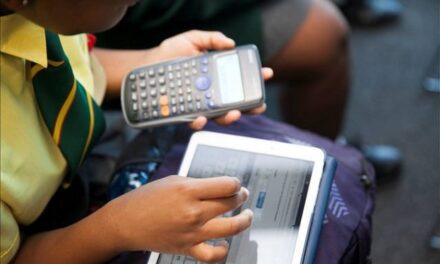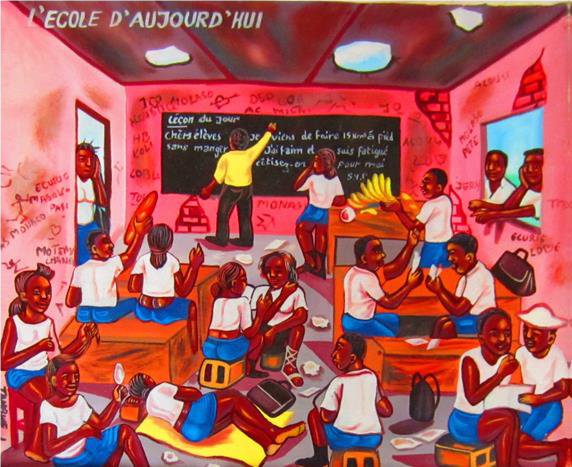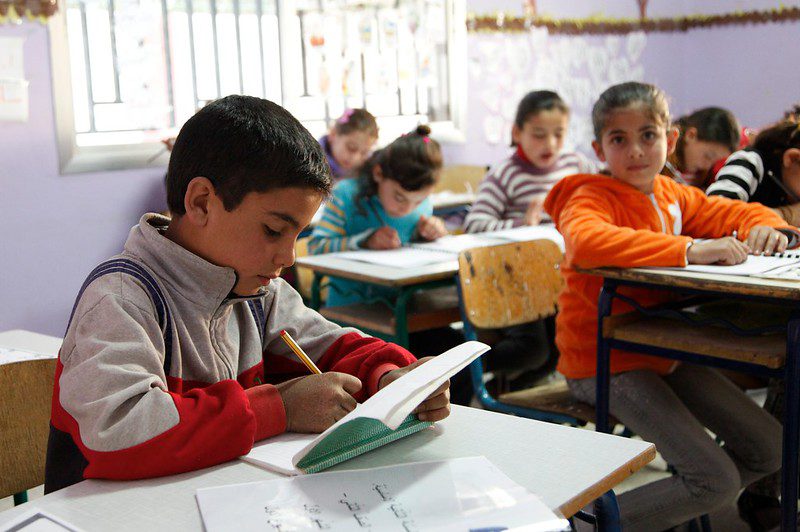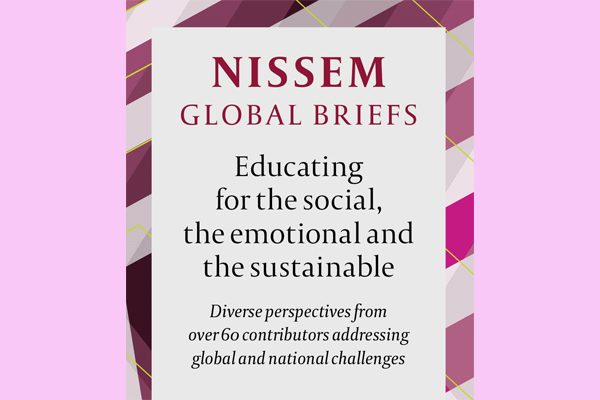This blog was written by Mohammed El-Desouky, a Monitoring and Evaluation and Data Analysis Consultant. He worked as a Senior M&E Consultant for Libraries Without Borders (LWB) and part of the Humanitarian Education Accelerator (HEA) initiative. His tasks included building and supervising global and country-level M&E and data collection systems. Mohammed can be contacted here.
Students in displacement and development contexts often have interrupted access to quality educational materials and learning processes. For those students, mobile learning, when synthesised within conventional classroom settings, provides a tremendous opportunity to develop understanding of key concepts and topics. This is done through interactive visual representations and games, which could foster their hope, imagination and learning outcomes (De Hoop, Ring, Rothbard, Holla, & Hunt, 2019; McEwan, 2015). The underpinning theory to these claims are the Subsumption theory of David Ausubel, which suggests that:
- learning happens through the representational process during the reception of information, and
- acquiring meaningful knowledge takes place when students are able to link their already existent knowledge to what they yet need to learn (Novak, 1993).
Despite what educational technology promises, our knowledge of best practices remains suboptimal (UNESCO, 2018). This is either due to the limited research and understanding to the impact of educational technology, or because the incorporation of educational technology is done in an unstructured manner. In an attempt to partially bridge this knowledge gap, Libraries Without Borders (LWB) and the American Institute of Research (AIR) have spent the past two years building and collecting evidence to guide practices seeking to integrate and scale technology-based educational interventions in the Middle East and in similar development and humanitarian settings.
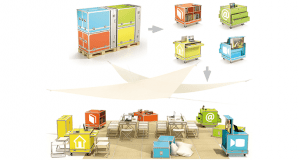 The project that was subject to the study is the “Ideas Box”, a portable multimedia library and learning toolkit that includes traditional and digital educational resources (HEA, 2018). The Ideas Box was deployed in a community center “JOHUD” in Jordan, which provides non-formal educational programmes for dropped out children due to economic or humanitarian circumstance. We designed and implemented a mixed-methods (quantitative and qualitative) study that aimed to assess students’ classroom engagement and learning outcomes (test scores in Mathematics and Arabic). The data from our quantitative research, although it could not allow for a precise measurement of the effect size, showed promising positive learning trends. This is because the test scores of children in the treatment centre have improved on average, while in comparison centres, the average scores in Arabic went down and Mathematics scores levelled out.
The project that was subject to the study is the “Ideas Box”, a portable multimedia library and learning toolkit that includes traditional and digital educational resources (HEA, 2018). The Ideas Box was deployed in a community center “JOHUD” in Jordan, which provides non-formal educational programmes for dropped out children due to economic or humanitarian circumstance. We designed and implemented a mixed-methods (quantitative and qualitative) study that aimed to assess students’ classroom engagement and learning outcomes (test scores in Mathematics and Arabic). The data from our quantitative research, although it could not allow for a precise measurement of the effect size, showed promising positive learning trends. This is because the test scores of children in the treatment centre have improved on average, while in comparison centres, the average scores in Arabic went down and Mathematics scores levelled out.
Moreover, the qualitative study, based on focus-group discussions and semi-structured interviews with students from both genders, has specified 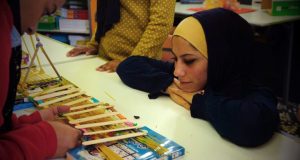 common support factors that helped advancing learning outcomes. For instance, respondents have repeatedly stressed that using the tablets (games and computer Apps) had an empowering role, as it made them feel in control of their learning process as they could adapt the learning pace to their own individual level of comprehension. The respondents also emphasised that mobile games and educational computer Apps played a significant role in fighting classroom boredom and made learning more active and engaging.
common support factors that helped advancing learning outcomes. For instance, respondents have repeatedly stressed that using the tablets (games and computer Apps) had an empowering role, as it made them feel in control of their learning process as they could adapt the learning pace to their own individual level of comprehension. The respondents also emphasised that mobile games and educational computer Apps played a significant role in fighting classroom boredom and made learning more active and engaging.
The research has provided us with some insights and areas for development that would be beneficial to similar present and future initiatives. For example, regarding educational technology interventions in the Middle East, more resources should be invested into producing culturally tailored digital content (e.g. Arabic content), and into improving data production and management systems of local organisations. Additionally, future evaluation designs might find it useful to investigate the effect of psychosocial attributes on learning outcomes. For example, investigating whether potential positive learning trends of an educational technology are direct outcomes of the technology-based activities themselves, or are the results of any exogenous positive behavioral and psychosocial changes.
References
De Hoop, T., Ring, H., Rothbard, V., Holla, C., & Hunt, K. (2019). Scaling Educational Innovations in Humanitarian contexts. American Institute for Research, Washington DC.
HEA (2018). Ideas Box. Retrieved from Humanitarian Education Accelerator.
McEwan, P. J. (2015). Improving Learning in Primary Schools of Developing Countries: A Meta-Analysis of Randomized Experiments. Review of Educational Research, 85(03), 353–394. doi: 10.3102/0034654314553127
Novak, J. D. (1993). A View on the Current Status of Ausubel’s Assimilation. Third International Seminar on Misconceptions and Educational Strategies in Science and Mathematics (p. 25). Ithaca, NY: Misconceptions Trust. Retrieved from www.mlrg.org
UNESCO (2018). A Lifeline to learning: leveraging mobile technology to support education for refugees. Paris, France: UNESCO. doi:978-92-3-100262-5

